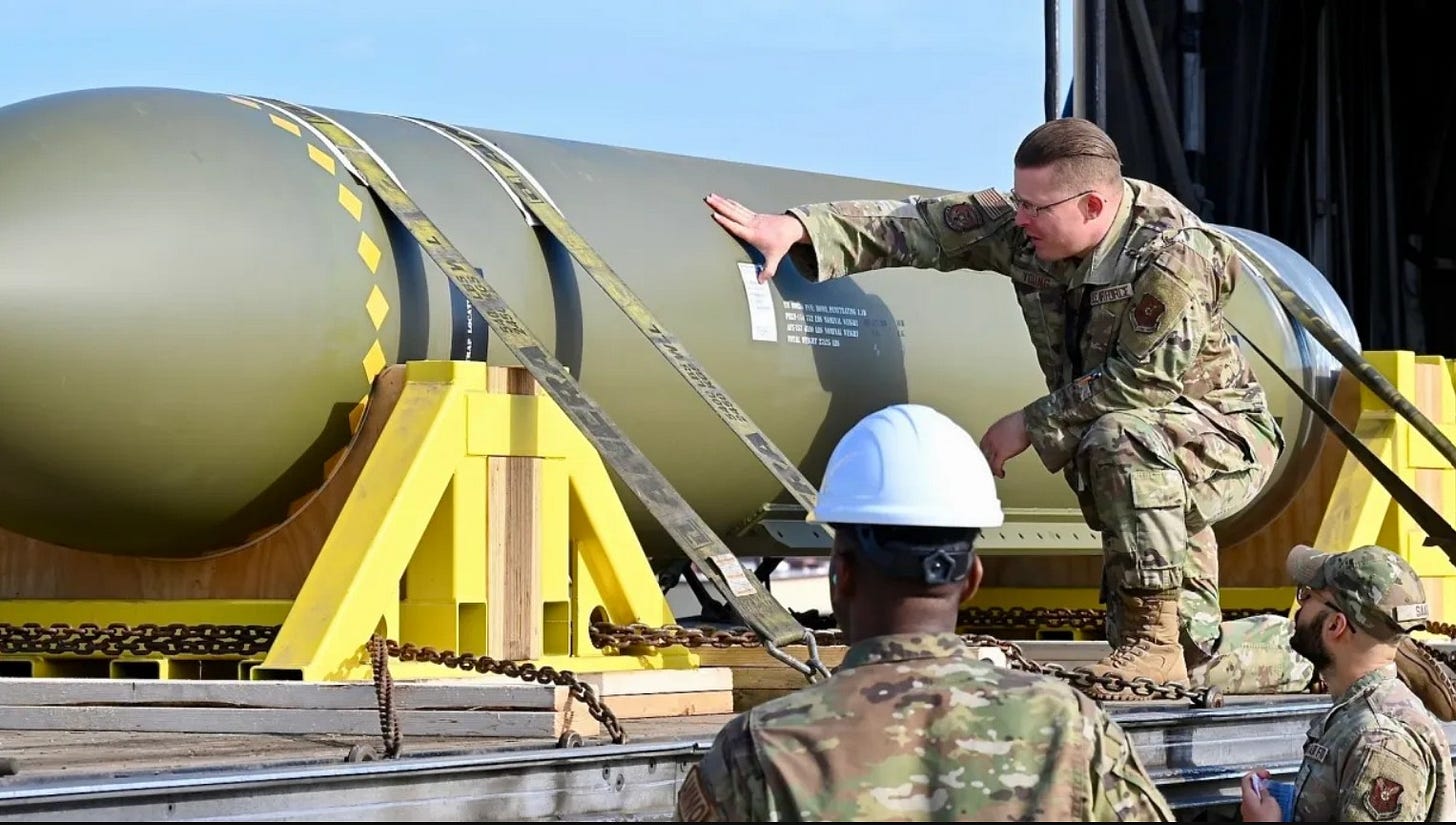How We’ve Traded This War So Far
In a trade alert last Thursday (June 12th), I included a volatility trade in case war broke out between Israel and Iran. That night, Israel bombed Iran. The next day, I exited those trades for gains of 53% and 159%, respectively.
Call spread on the CBOE Volatility Index (VIX). Entered at a net debit of $0.17 on 6/12/2025; exited (half) at a net credit of $0.26 on 6/13/2025. Profit: 53%.
Call spread on the CBOE Volatility Index (VIX). Entered at a net debit of $0.17 on 6/12/2025; exited (half) at a net credit of $0.44 on 6/13/2025. Profit: 159%.
In a post last Sunday (“A Game Plan For The Israel-Iran War”), I mentioned that if the market opened green on Monday, I would add hedges. On Monday (Trade Alert: Hedging), I mentioned three specific hedges:
An Oil Spike Hedge
In the event the war threatens to close the Strait of Hormuz, oil prices will spike, as should shares of oil producers who get their oil from elsewhere. For our oil hedge, we’re going to buy call options on an oil E&P with solid fundamentals that gets all of its oil from the U.S. and the Caribbean.
A Volatility Hedge
For this one, we’re going to open another call spread on the CBOE Volatility Index.
A Nasdaq Hedge
For this one, we’re going to use the Portfolio Armor iPhone app to find the optimal put hedge to protect against a >10% drop in the NASDAQ-100 Index over the next month.
I didn’t get a fill on Monday’s volatility hedge, but I did get fills on the oil hedge and the Nasdaq hedge, the optimal puts on Invesco QQQ Trust (QQQ 0.00%↑). Both of those hedges were up about 40% as of Tuesday’s close.
What’s Likely To Happen Next
I think there’s a good chance the U.S. bombs Iran next. Here’s why:
Preventing nuclear proliferation and nuclear war has been one of Trump’s two main political concerns for four decades (his other main concern being America’s trade deficit). He talked to reporter Ron Rosenbaum about it in 1985.
Trump’s 60-day deadline for nuclear negotiations with Iran expired last week, and there don’t appear to be any active negotiations now.
Iran’s Fordow Fuel Enrichment Plant is buried hundreds of feet underground, with its centrifuges dug into the side of a limestone mountain. It may require 30,000lbs GBU-57 bunker-busters to destroy, and the only plane designed to carry that bomb is the B-2 Spirit bomber. And the only country that has that bomber—and the pilots trained to fly it—is the United States.
Evidence Suggesting The U.S. May Bomb Fordow
Why a U.S. bunker-buster hit on Fordow is plausible
Tanker surge. Roughly 30 KC-135/KC-46 sorties have flown into the Med and Europe this week. Those tankers would be necessary to provide in-air refueling of B-2 bombers and their fighter escorts.
Israeli pressure. Senior Israeli officials have asked the Trump administration to bomb Fordow.
Israeli air supremacy over Iran. This lessons the risks that U.S. planes would be shot down bombing Iran.
Trump’s tone. This week, Trump has warned that he’s “not in the mood to negotiate”.
I’d put the odds of the U.S. bombing Iran within the next several days at about 40%.
The Likely Market Reaction
Typical first-hour tape reaction to a headline strike
S&P 500: –1½ % to –3 %
Nasdaq 100 / QQQ: –2 % to –3½ %
VIX: +4–6 vol-points (e.g., 22 → 27–28)
Brent / WTI: +$3–7
Gold: +1 % or so
(Template: Syria ’18, Soleimani ’20, Ukraine Feb ’22.)
Trading The Reaction
Here’s my plan, in broad strokes:
Phase 1 – Headline shock
Action: Sell half of each hedge (QQQ puts, oil stock calls) into the opening panic.
Rationale: lock in gains while bid-ask spreads are still wide.
Phase 2 – Hold a back-stop
Action: Keep the other half of both hedges in case Iran fires a meaningful follow-up salvo.
Rationale: insurance against a second-wave escalation.
Phase 3 – Vol short (half-size)
Trigger: Cash-VIX pops above ~27–28 and stalls.
Action: Open half-size defined-risk short-vol position.
Rationale: capture mean-reversion while tail-risk is still live.
Phase 4 – Buy the dip
Action: Ladder into favorites – maybe half that day, and wait a couple of days to add more.
Rationale: avoid catching a falling knife if Iran retaliates against the U.S.
Why This Approach Seems Right
Iranian fires are dwindling. Rough counts: ~200 ballistic missiles on June 14th → ~75 on June 15th → ~65 on June 16th → ~25 last night.
Even a Fordow hit would likely be surgical. Think Soleimani 2020: a sharp reset of red lines, not weeks of U.S. sorties.
Headline panics fade fast when nightmares like a Hormuz shutdown or a carrier sinking don’t materialize within a couple of days.
The big If
If Iran actually lands a major blow on U.S. personnel (base, carrier, etc.):
Next cash session – sell the remaining hedge half into peak fear, then add the second half of the short-vol trade (still defined-risk).
Bottom line: Sell a slice of the fear, keep a slice as insurance, layer into a defined-risk short-vol once panic peaks, and use the dip to buy quality while it’s on sale.






